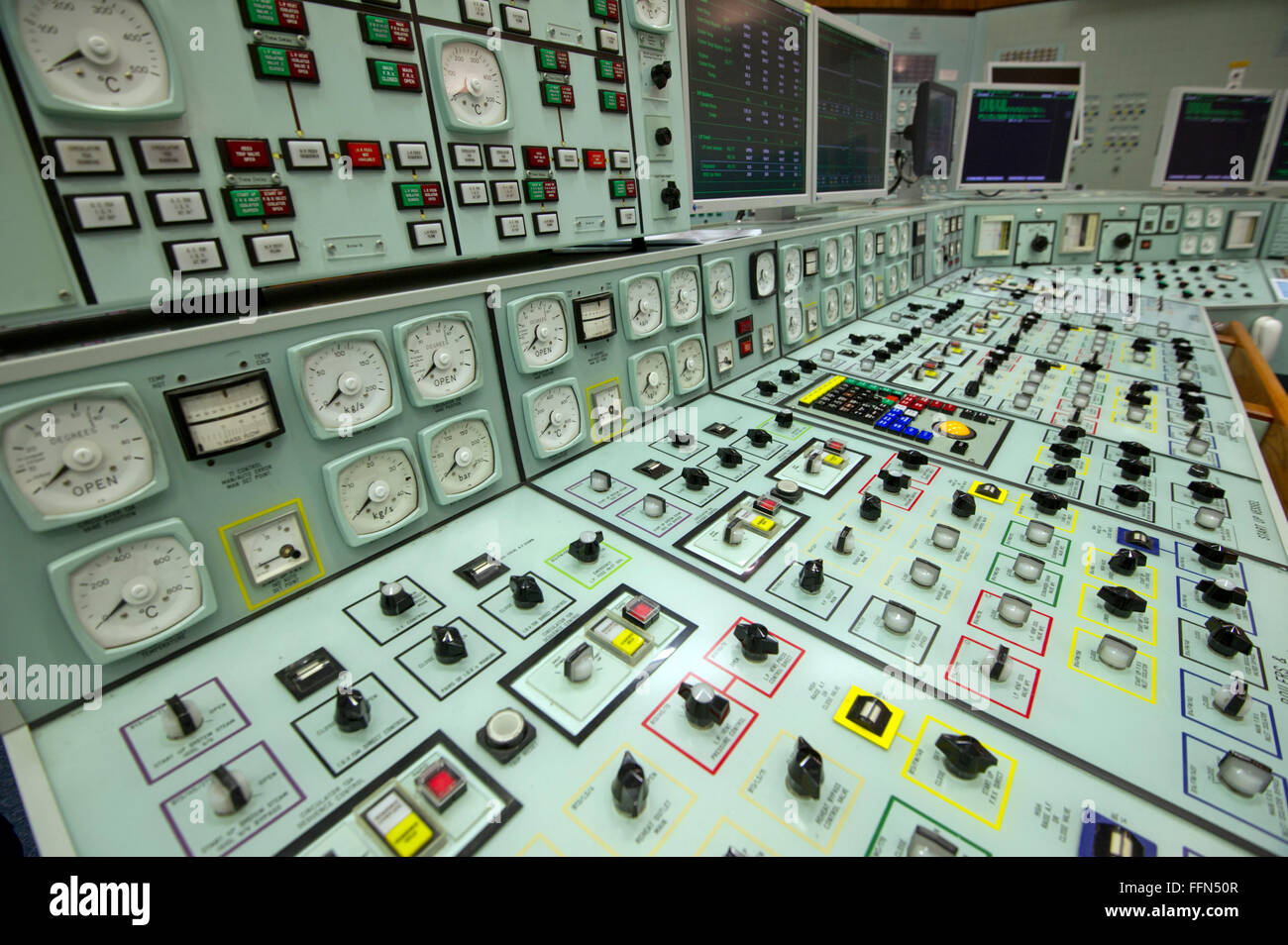You know how in some movies, the heroes are running away from the bad guys? Then they all jump into a parked space ship, run up to the cockpit, and start purposefully and rapidly flicking switches to get the thing to start up and blast off? Well, I want to make a game about that.This was my elevator pitch for this project.
I always wondered what all those controls did. It's easy to assume that in fantasy sci-fi movies, they're just part of the set. Yet, even in modern commercial airplanes, the cockpit looks futuristic and overwhelming. Is it part of a pilot's training to know what every control does, and when to use them? Is this why you'd need a co-pilot, so in case you don't know or can't reach, maybe they would be able to help?
For a game, it seemed like there might be interesting questions to explore. If the player is thrust into a foreign cockpit, can they figure out how to get the ship to fly? What about if they're under time pressure like the heroes in the movie? Would it even be "fun" for players to do this? Why would players be constantly trying to escape in space ships -- what kind of sensible story explains the behavior? How does difficulty scale with player experience?
This cockpit-turned-game was born from a much larger game idea, but in the interest of scope and proper play-testing, it seemed reasonable to develop just this slice of the experience.
The main mechanic is the "physical" manipulation of switches, buttons, and other controls. The player themselves will be interacting directly with the game world, rather than through a proxy character they control. A level would constitute a new ship, with new controls, and with different layouts. The player will learn to recognize patterns, understand the order of operations to "boot" the machinery, and progress toward faster operation.
For the artwork, I did not have anything specific in mind, but I believe this game would be best served with hand-drawn or otherwise "sketchy" art. This abstraction could allow us to separate the game mechanics from reality since it might be a challenge to convince players that this "true-to-life" button is legitimately part of a fusion reactor control panel. Then again, what does a fusion reactor control panel even look like?
It looks obtuse. It looks boring. It looks intimidating. It looks like you need reading glasses. It looks like you need hours of training and a PhD. What it does not look like is fun.
Yet, if it this panel no longer attached to a real reactor, and we can't be responsible for a melt down, then to me it looks like it could be hella fun to play around with! I'm reminded of being a kid on a museum trip to the old, decommissioned WW2 ships. It was legitimately fun just to play around with the controls and pretend that the submarine would dive.
Part of making a successful switch aesthetic is in the sound. As great as it would be to build our own cockpit controller whose switches are wired together, a software representation of a panel cannot have any tactile feel. We will have to rely on sound and visual feedback. The animations will have to look convincing, the sound will have to be appropriate, and the impact of the switching action must be meaningful. I look forward to figuring this part of the design problem out.
For my part, I'm excited about the opportunity to develop a game from this idea. I just hope it's entertaining!

Comments
Post a Comment